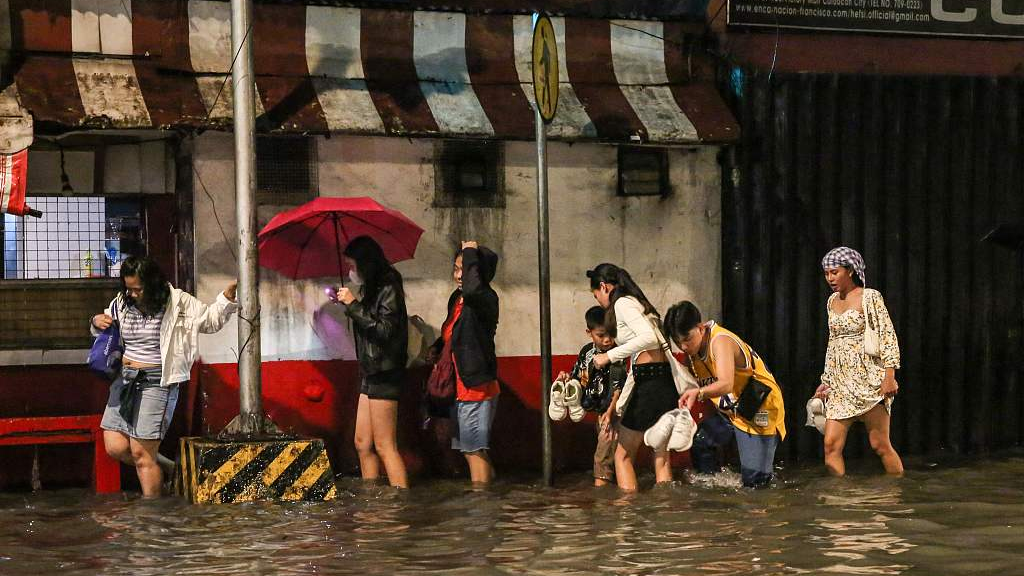Climate-related disasters have displaced 9.7 million children in the Philippines from 2016 to 2021, making the Southeast Asian country the epicenter of the crisis, according to a new report released by the United Nations Children's Fund (UNICEF) on Friday.
The Children Displaced in a Changing Climate report is the first global analysis of the number of children driven from their homes between 2016 and 2021 due to floods, storms, droughts, and wildfires. It looks at projections for the next 30 years.
The study shows 43.1 million children in 44 countries over six years, or approximately 20,000 child displacements daily. Regarding hazards, the Philippines ranks first for storms and third for floods in absolute numbers of displaced children. An average of 20 typhoons batter the archipelago yearly.
"Children are among those who suffer the most when they are displaced in time of disasters. They experience stress, lose days in school, get sick, and become more prone to exploitation and abuse," said Oyunsaikhan Dendevnorov, UNICEF representative to the Philippines. She stressed the need to strengthen efforts to protect at-risk children and support those displaced.

People wade through a flooded street of Manila as Typhoon Khanun intensifies the southwest monsoon rain on July 29, 2023. /CFP
People wade through a flooded street of Manila as Typhoon Khanun intensifies the southwest monsoon rain on July 29, 2023. /CFP
It is estimated that approximately 2.5 million children across the Philippines are at risk of being displaced by storm surges over the next 30 years. This risk is exacerbated by the country's coastlines being highly susceptible to storm surges, and it can impact even densely populated cities, such as Metro Manila, Cebu province in the central Philippines, and Davao in the southern Philippines.
According to the report, the Philippines has a robust system to prevent and respond to disasters, including monitoring systems, early warnings, evacuation protocols, and available shelters.
Although preparedness measures and innovations exist in the country, the report mentions that the number of children potentially displaced by a single disaster event in the Philippines raises important questions about the absorptive capacity of host communities, shelters, and schools.
As leaders prepare to meet at the UN Climate Change Conference in Dubai in November, UNICEF urges governments, donors, development partners, and the private sector to take action to protect children and young people at risk of future displacements and prepare them and their communities.
Source(s): Xinhua News Agency